Direct sowing in hot weather?
SunshineZone7
10 years ago
Related Stories
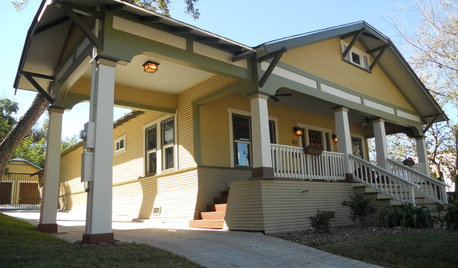
ENTRYWAYSPorte Cocheres Steer Driveway Style in the Right Direction
More than a carport, these covered structures attached to a home provide protection beautifully
Full Story
HOUSEKEEPINGLower Your Heating Bills With Some Simple Weather Stripping
Plug the holes in your house this winter to make sure cold air stays where it belongs: outside
Full Story
DECORATING GUIDESCold-Weather Sports Gear Heats Up Interiors
Skis, snowshoes and other wintertime sports equipment pieces are sliding off the slopes and into the home
Full Story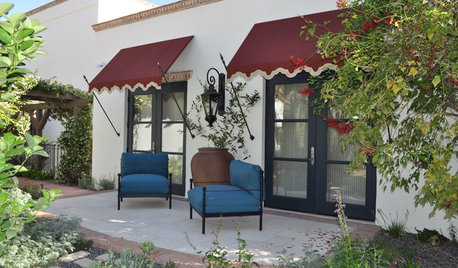
LIFECool Architecture for Hot Summers
Sun-repelling roofs, shades, windows and the natural flow of air can help your home weather heat waves
Full Story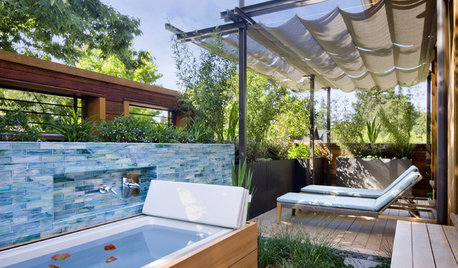
GARDENING AND LANDSCAPING13 New Ways to Make a Splash With a Hot Tub
Check out the modern options and custom features that are making outdoor spa tubs hot again
Full Story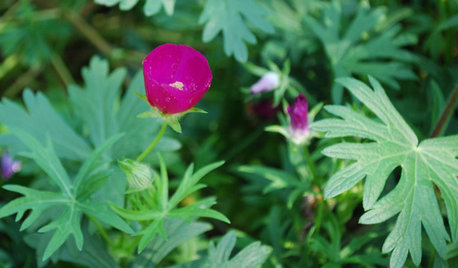
GARDENING GUIDESGreat Design Plant: Callirhoe Involucrata Wakes Up Hot Garden Spots
Give a dry and sunny garden a jolt of violet-pink color summer to fall — and watch bees and butterflies flock to the nectar
Full Story
COLOR4 Hot Color Trends to Consider for 2013
Bring some zing to your rooms for the new year, with high-energy shades that open the eyes and awaken the spirit
Full Story
COLORRoom of the Day: Deep Blue Proves a Hot Hue
Navy takes a New Jersey living room from dull to dashing in the flick of a paintbrush
Full Story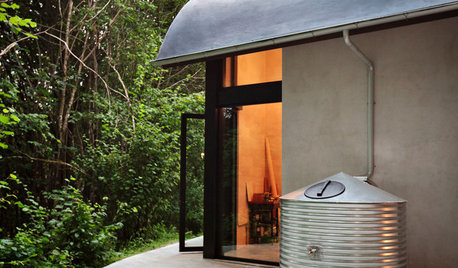
GARDENING GUIDESTexas Gardener's May Checklist
Be especially water wise this month as you sow seeds, tend to your lawn and plant edibles, grasses and flowers
Full Story
WINTER GARDENINGExtend Your Growing Season With a Cold Frame in the Garden
If the sun's shining, it might be time to sow seeds under glass to transplant or harvest
Full Story






Garden.Geek
insteng
Related Professionals
Fort Lee Landscape Architects & Landscape Designers · Manchester Landscape Contractors · Wilmington Landscape Contractors · Barrington Landscape Contractors · Cambridge Landscape Contractors · Davis Landscape Contractors · Deerfield Landscape Contractors · Natick Landscape Contractors · Roseville Landscape Contractors · Saint George Landscape Contractors · Wheat Ridge Landscape Contractors · East Norriton Landscape Contractors · Foley Driveway Installation & Maintenance · Riverside Driveway Installation & Maintenance · Round Lake Beach Driveway Installation & MaintenanceAiliDeSpain
SunshineZone7Original Author
hepatica_z7
SunshineZone7Original Author
daninthedirt (USDA 9a, HZ9, CentTX, Sunset z30, Cfa)
seysonn
daninthedirt (USDA 9a, HZ9, CentTX, Sunset z30, Cfa)
bb
wally_1936
daninthedirt (USDA 9a, HZ9, CentTX, Sunset z30, Cfa)
digdirt2
daninthedirt (USDA 9a, HZ9, CentTX, Sunset z30, Cfa)
2ajsmama
AiliDeSpain
2ajsmama
digdirt2
daninthedirt (USDA 9a, HZ9, CentTX, Sunset z30, Cfa)
AiliDeSpain
glib
Donna
daninthedirt (USDA 9a, HZ9, CentTX, Sunset z30, Cfa)
glib
carolync1
daninthedirt (USDA 9a, HZ9, CentTX, Sunset z30, Cfa)
WhiteFlintFarm
jctsai8b
julia42
jctsai8b
carolync1
cb-garden
cb-garden
NilaJones
carolync1
Donna
daninthedirt (USDA 9a, HZ9, CentTX, Sunset z30, Cfa)
sunnibel7 Md 7
carolync1
Donna
daninthedirt (USDA 9a, HZ9, CentTX, Sunset z30, Cfa)
carolync1